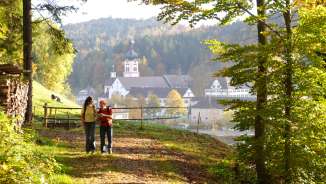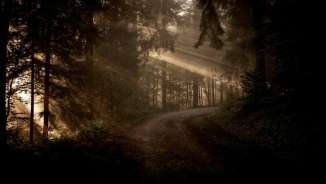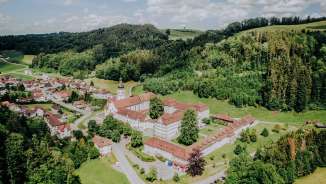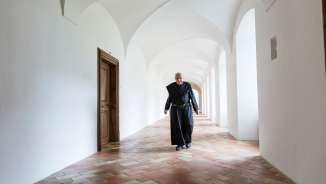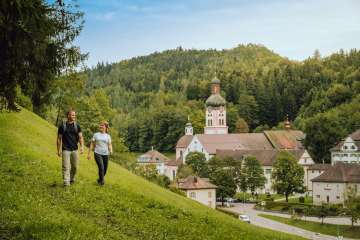
In the past, pilgrims set off on a long, often dangerous journey from Germany via Lake Constance to famous pilgrimage sites such as Rome or Santiago de Compostela. Today, many make pilgrimages to escape everyday life, to be in nature and to find themselves. The "Via Jacobi" in Thurgau is a perfect introduction for beginners or pilgrimage enthusiasts. On the way from Lake Constance to Fischingen Monastery, you can breathe in the pilgrimage air in the tranquil natural surroundings and receive a pilgrim's blessing in the monastery.
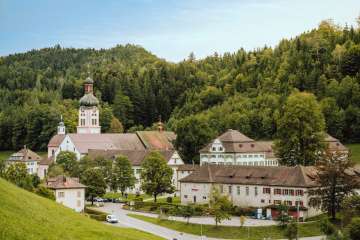
For pilgrims who want to go further, the route to Fischingen leads via Einsiedeln to Rome or Santiago de Compostela to the tomb of St. James. The rest of the route network, including a list of simple pilgrim accommodation, can be found on the Camino Europe website. By the way: if you want to stay in pilgrims' accommodation regularly, you need a pilgrim's pass. Last tip: to make yourself recognizable as a pilgrim, order a scallop shell if you wish.


